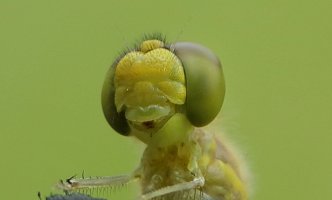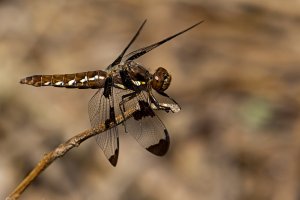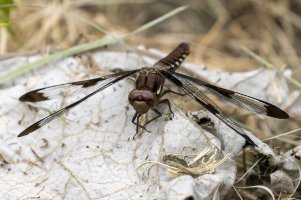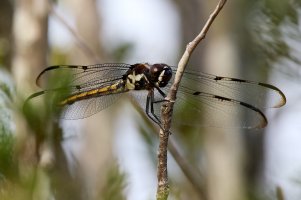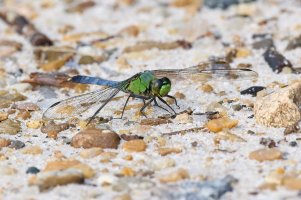When I downloaded shots of a Four-spotted Chaser this afternoon, I saw that it had just emerged from its nymph, which is nicely seem below it. Thanks for alerting me to this event!Something you don't catch sight of too often:
A just molted female darter with the shell of the nymph just beside it.
Twas quite difficult to get both on one pic. So some kind of compromise in resolution.
The forewings seemed to be glued together and I didn't have the time to wait, if they could separate. I hope they could.
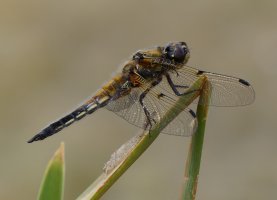
Upvote
0

